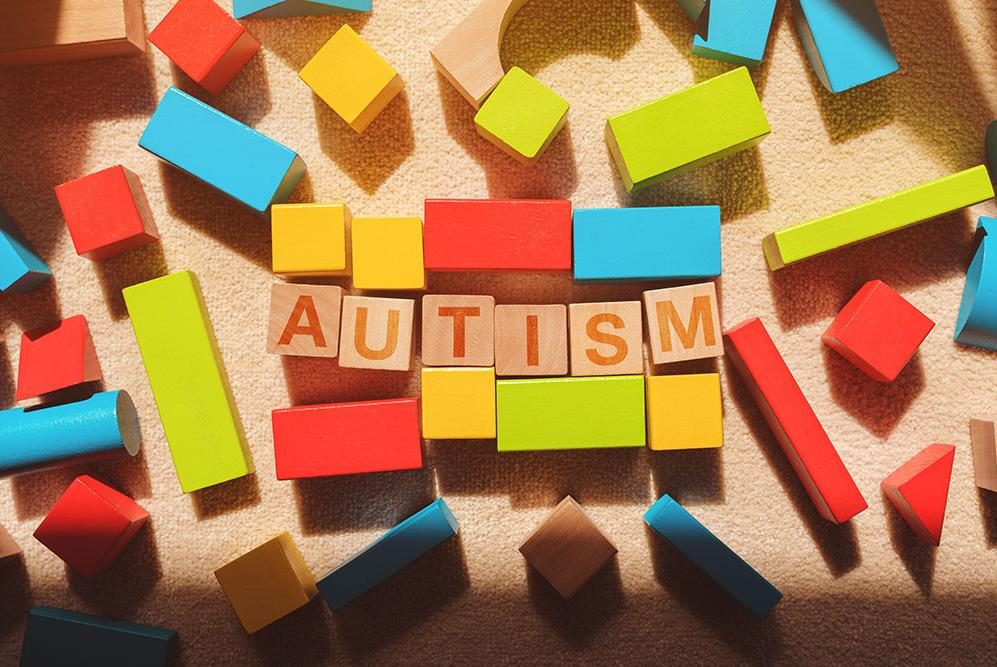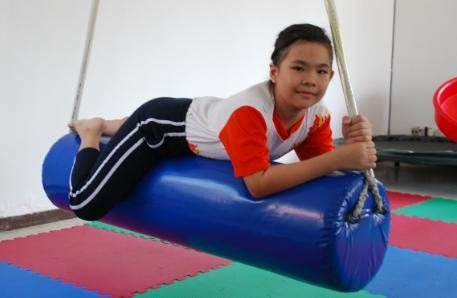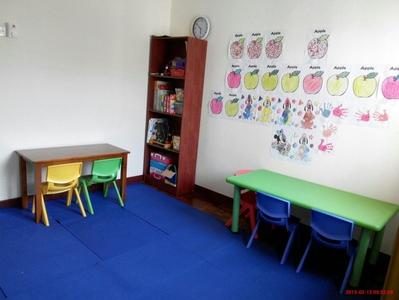Challenges Faced by Parents with Autistic Children
by on 02/08/2025 ...

This is arguably the most important question you can ask yourself. After all the sleepless nights and long hours of therapy, will it all be worth it? Be prepared for a long ride with multiple challenges but also be prepared for pleasant surprises and breakthrough moments.
Just like other children, children with autism have different temperaments and distinct personalities. Some of the difficult behavior may not fully disappear, or it may disappear to be replaced by another behavior. It would be unrealistic to expect all the difficult behavior to disappear as there is no such thing as a perfect child.

Along the way, there will be some challenging times. A few of the common difficulties are explained below:
Education
There are children with autism who benefit from inclusion into a mainstream nursery, kindergarten, preschool or school, either part-time or full-time. Your child’s abilities and needs will be the best guide. There is no ‘one size fits all’ when it comes to this.
There are also children with mild autism who have successfully integrated into mainstream education. That is the end goal for as many children as possible.
Combination of EIP/occupational therapy/speech therapy and mainstream education can be the best option for a child. Parents are encouraged to talk to your doctor, therapists and teachers to explore the available options and the pros and cons of these. This is highly individualized, so it is not possible or fair to children to be prescribed one solution for all children with autism.
Nonetheless, it is important to spend more time with your child and consciously plan family activities that include all members of the family and help all your children develop their individual talents.

Sleep
Sleep issues are common in children with developmental disabilities. Autism is no exception. There is also increasing evidence that children with autism are more likely to have sleep issues compared to typically developing children.
Sleep problems can be divided into 2 categories:
Sleep-onset issues
-
Characterized by difficulty falling asleep
-
Child toss and turn around, playing with toys instead of falling asleep
-
Pacing around, excessive talking at bedtime and disturbing other people
Sleep maintenance issues
-
Restless sleeper
-
Perspires a lot when sleep
-
Regularly snore
-
Gasps for breath when sleeping
-
Very grumpy and irritable when woken up in the morning
-
Sleepy during daytime
-
Hyperactive
There are some genetic factors, behavioral factors as well as environmental factors that contribute to sleep issues. While you cannot alter the genetic factors, you can make changes in the pre-bed routine that facilitate sleep.
Limit access to screen devices at least two hours before bedtime. Give your child alternative activities that are non-stimulating before bedtime such as:
-
Having a warm shower
-
Reading a book together
-
Listening to calm music
-
Have a quiet talk
-
Dimming the lights and minimization of noise and distractions.
These simple changes help your child to associate sleep with a routine. A fixed bedtime is also crucial. Erratic sleep hours can cause havoc to the internal clock.
In some instances, once there is a regular routine before sleep and a fixed bedtime is followed, and your child gets sufficient hours of sleep per night, both types of sleep issues may lessen or resolve.
At other times, you may find that one of the problems may not be easily rectified so, do seek help if you think that the sleep issues cannot be managed from a therapist or a doctor;.

Screen Time
This includes any and all time spent using any digital device that has a screen. Examples include mobile phones, digital tablets, computers and televisions. The total duration of time spent on a regular basis is important, not just the amount of time spent per session.
So, if you have the television on the entire day, but your child only seems to watch the television occasionally it still adds up as cumulative time. Similarly, if he/she plays games or watches videos on mobile phone for thirty minutes at stretch, but does so six times per day, the amount of screen time is three hours (and it would be more if any other screen devices are also used at other times during the day).
The American Academy of Pediatrics (AAP) issued new guidelines for screen use in October 2016. Screen time is to be avoided completely in children below the age of 18 months except for video-chatting. For those 18-24 months, only high-quality programs are allowed. For ages 2-5 years, only one hour per day of high-quality programs is permitted.
Excessive screen time can affect the amount and quality of sleep. It is also associated with reduced attention span and delayed language development.
Meltdowns
Meltdowns are when a child’s gets very upset and agitated and cannot see reason. This term is usually used when describing uncontrollable behavior in autism triggered by something or a situation.
Meltdowns can be a source of frustration and embarrassment for parents, especially in crowds or in public places. Handling your child during a meltdown can be very challenging. The best strategy is to identify predisposing factors for a meltdown such as:
-
Hunger
-
Boredom
-
Insufficient sleep
-
Tiredness
-
Not getting his/her way
-
Having to share a toy
-
Needing to follow an instruction
-
Dealing with new people or situation
When your child is predisposed to a meltdown, try and reduce your request. Avoid forcing him/her to do things that are not essential. Pick your battles and wait for a time when he/she is in a better mood if it is not something that needs to be done. Most meltdowns and tantrums can be avoided this way.
If your child needs to do something he/she does not want then progresses to a full-blown meltdown, damage control is your best strategy. Do not try to explain to him/her why you are disappointed or angry, or why he/she should not have done what was done because this will make things worse. Focus on containment and if possible, try not to pay too much attention. Once he/she has calmed down a little you can try distraction and then redirect your child to something different. Reasoning with your child can be done when he/she has calmed down and explanation needs to be clear and concise.

Discipline
Parents are encouraged not to allow the child to get away with everything. It can also affect relationships with siblings, especially if they perceive this to be unfair.
Like other children, he/she will need clear limits to be set and followed for behavior. If you are reasonable in what you expect and consistent with implementation, over time, he/she should comply. Difficulties arise when one parent or caretaker has different boundaries or different commitment to maintenance of those boundaries. This causes unnecessary confusion for children and backfires badly. Instead of following the rules, they may end up capitalizing on the situation and not learning anything except that they can get their own way if they make enough noise or throw tantrums, etc.
Do not ‘reward’ bad behavior by giving in. Do not hit or shout at your child. Withdrawing privileges is the most effective punishment. For example, if your child likes to play with a particular toy or object, take that away when he/she misbehaves, but she must know why you are doing so.
This article was written by Sophia Shobana Kalaimani, courtesy of SI World. SI World is a special needs centre that provides therapy, such as occupational therapy, sensory integration therapy, speech therapy and physiotherapy, to children.
Contact: SI World Special Needs Centers, Malaysia




































